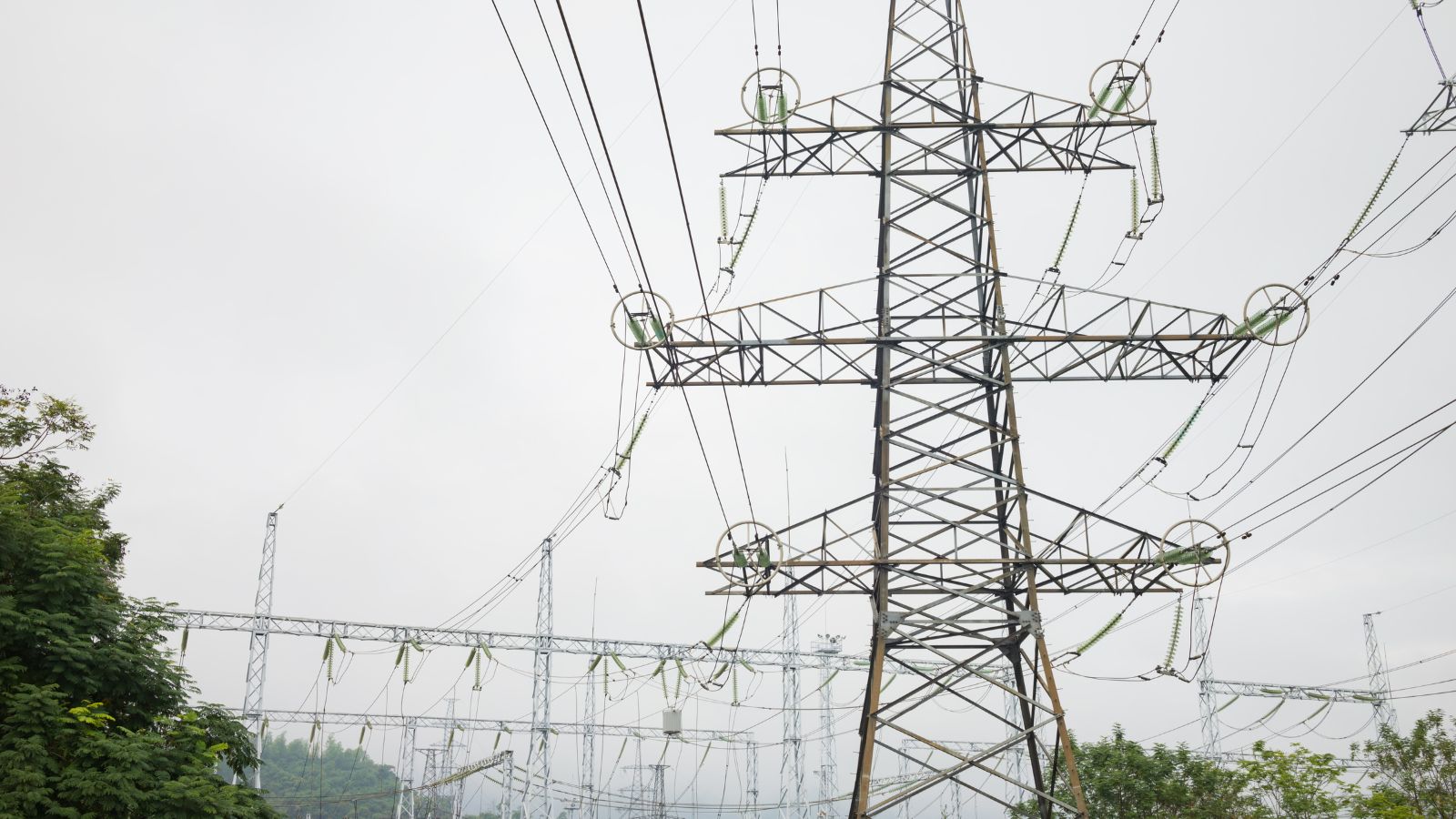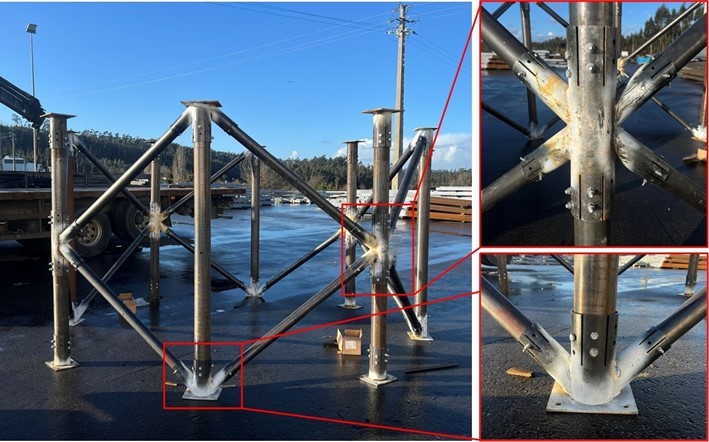
In the electrical system, energy is primarily transmitted through overhead lines and their supporting structures (transmission towers), which are necessary to hold the conductors and maintain safety distances.
To reduce the environmental and social impact of these electricity transmission lines, the Anisopter project was created—a collaborative R&D initiative between Anisopter Insightful Research*, Red Eléctrica, and Elewit to study the technical and economic feasibility of a new support design as an alternative to the traditional one.
A significant step forward was recently achieved in this project with the registration of the European community design for a new family of Anisopter high-voltage transmission towers.
The new design aims to achieve greater social acceptance of electricity transmission lines to ensure the power supply, facilitate the integration of renewable energy, and promote international interconnections.
What advantages does the Anisopter design have over traditional transmission towers?
As illustrated in the following video, the organic appearance of the tubular lattice in the new design developed as part of the project appears less intrusive than that of traditional transmission towers. For example, to enhance visual appearance, the framing has been eliminated, and the number of connections and reinforcement bars has been reduced by more than 50%. Additionally, the Anisopter transmission towers are more compact, in some cases they nearly 10 metres shorter, two metres narrower at the base, and 13 metres thinner at the top compared to equivalent traditional lattice designs.
What are the most recent project milestones?
In August 2024, the European community design for the Anisopter transmission tower was registered, which can be viewed here. This milestone marks a significant step towards making these innovative transmission towers a reality.
Additionally, a full-scale module of a part of the transmission tower, featuring the Anisopter node system, has been manufactured with the objective of undergoing mechanical tests to validate its viability and effectiveness before moving to the next phase of implementation in electrical infrastructures.

Prototype of the ungalvanised transmission tower with the Anisopter nodes system
In this regard, the Anisopter project is continuing to progress and is currently in a key phase of development. Once the project is complete, it is expected that the new transmission towers based on the registered design may need less space to install, and may even cost less to manufacture, install, and maintain in some circumstances. They will also have less visual impact on the territory.
*Anisopter Insightful Research is a startup focused primarily on the development and marketing of efficient solutions for constructing industrial lattice structures. They work to develop products that are not only more sustainable and socially acceptable, but which are also a real alternative to current construction solutions in terms of costs and efficiency.